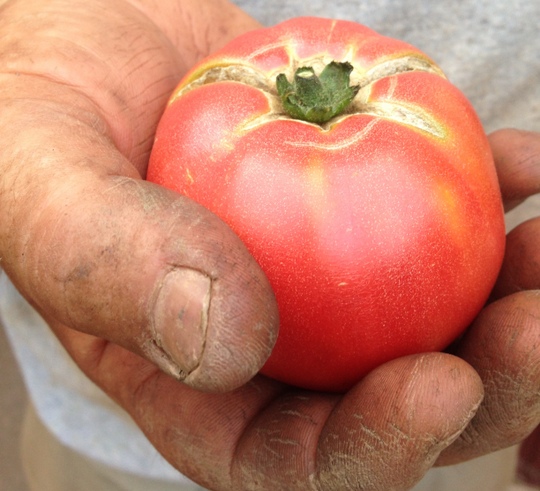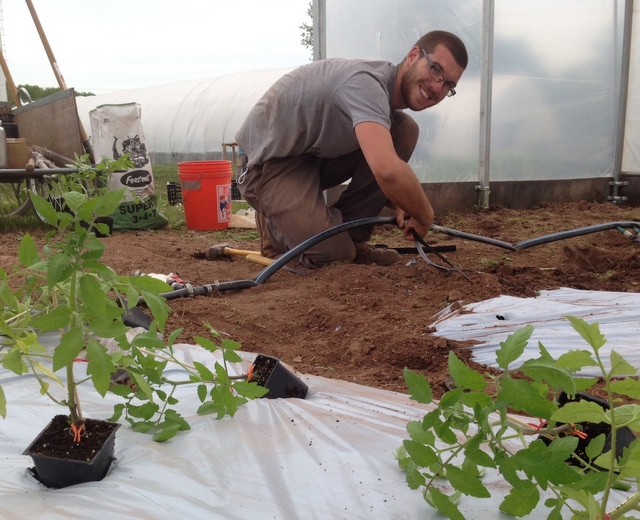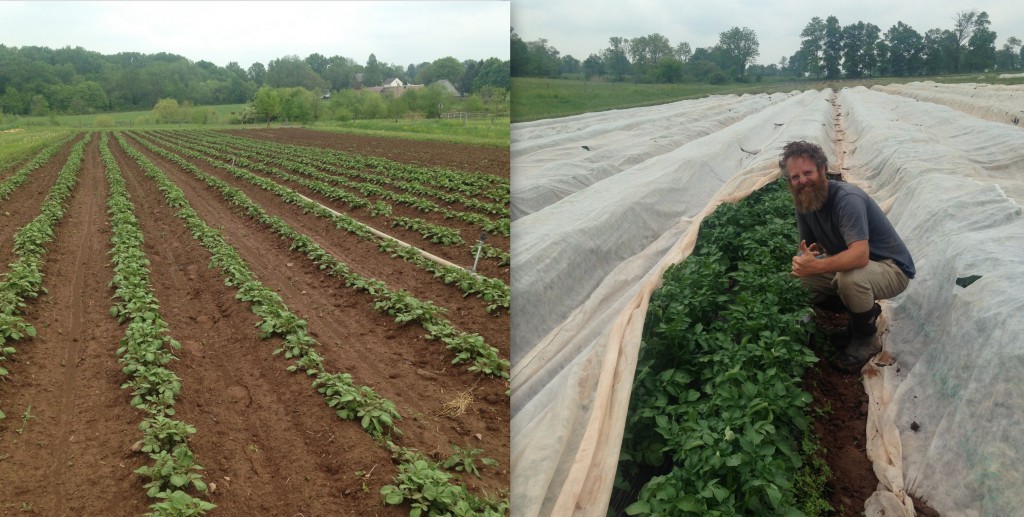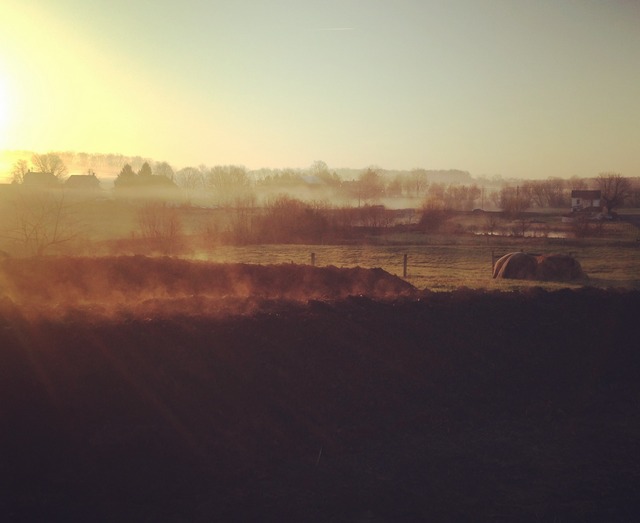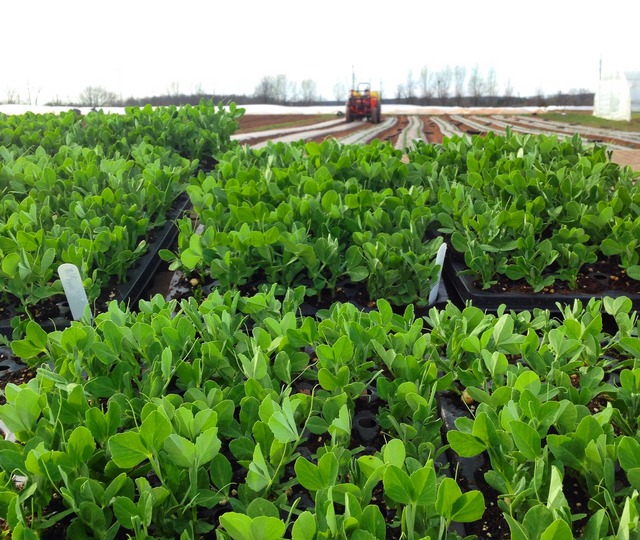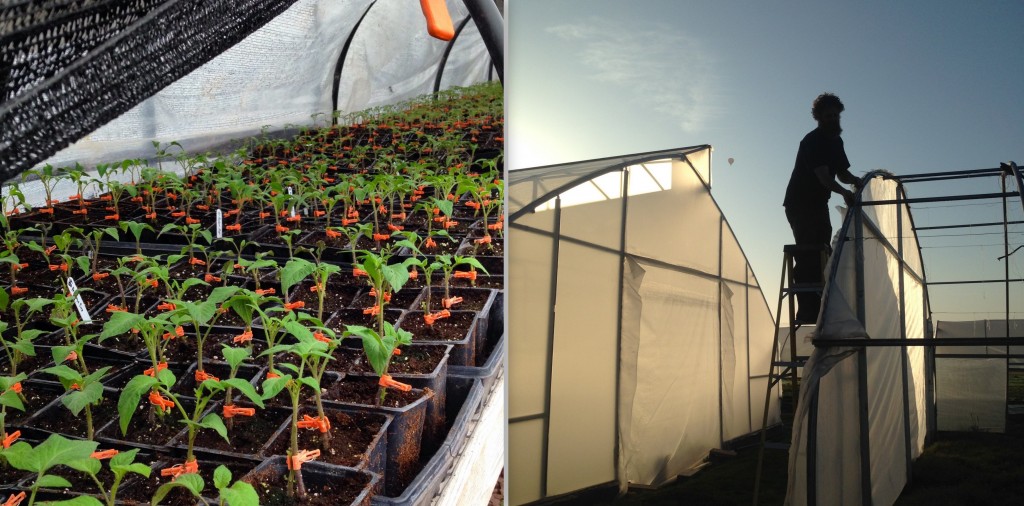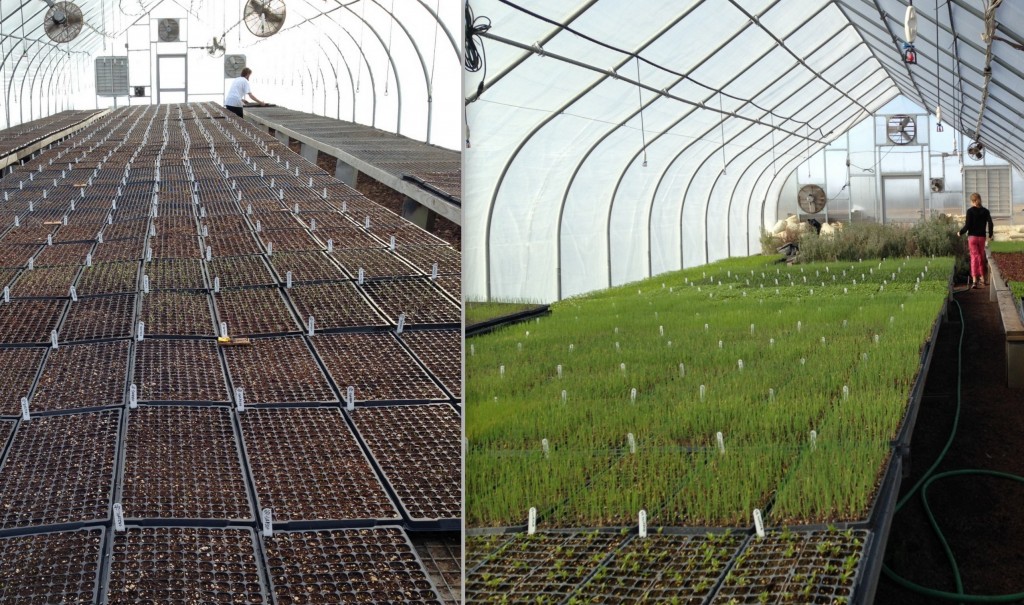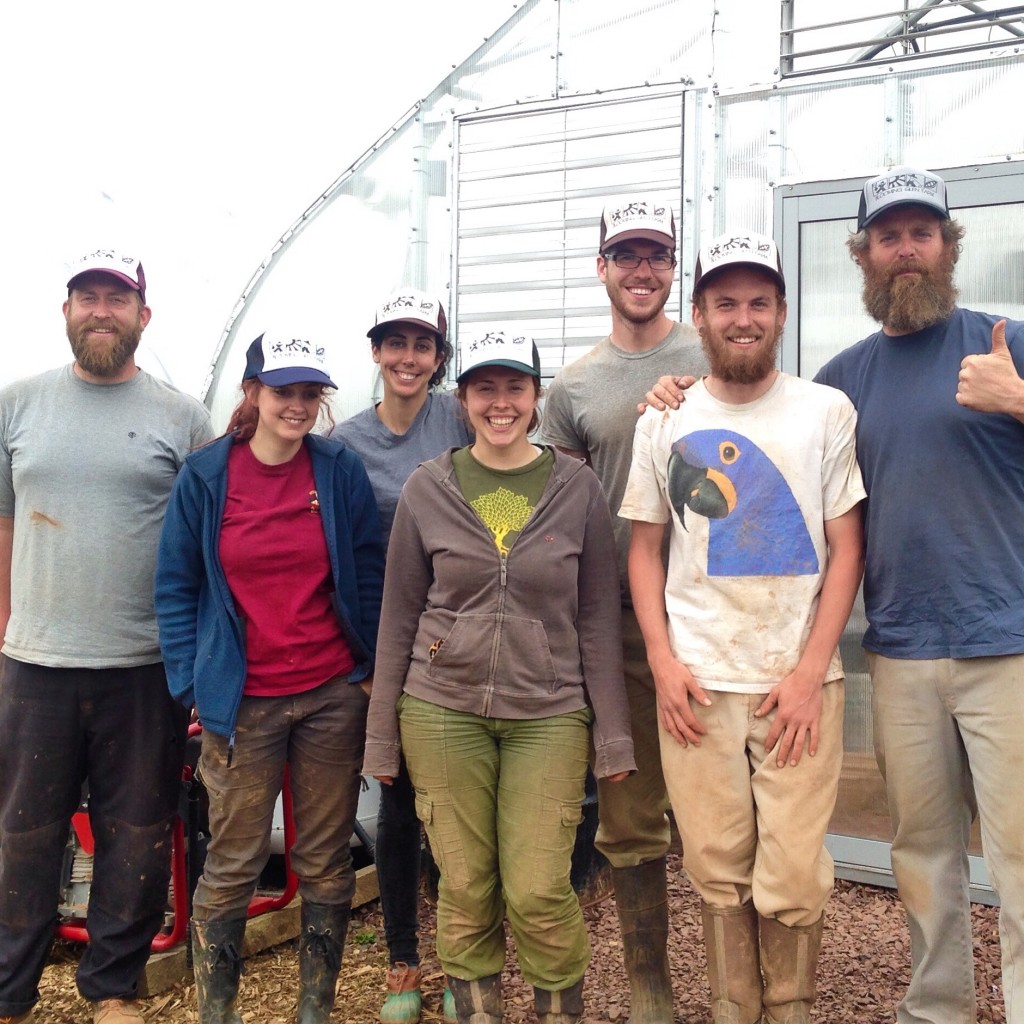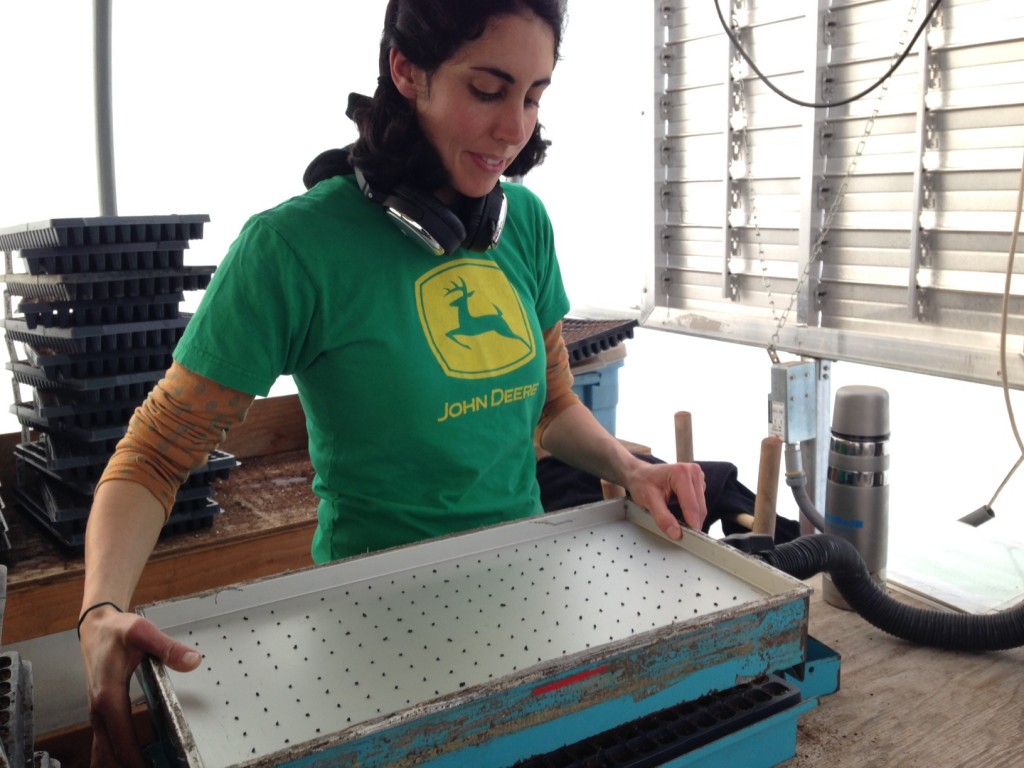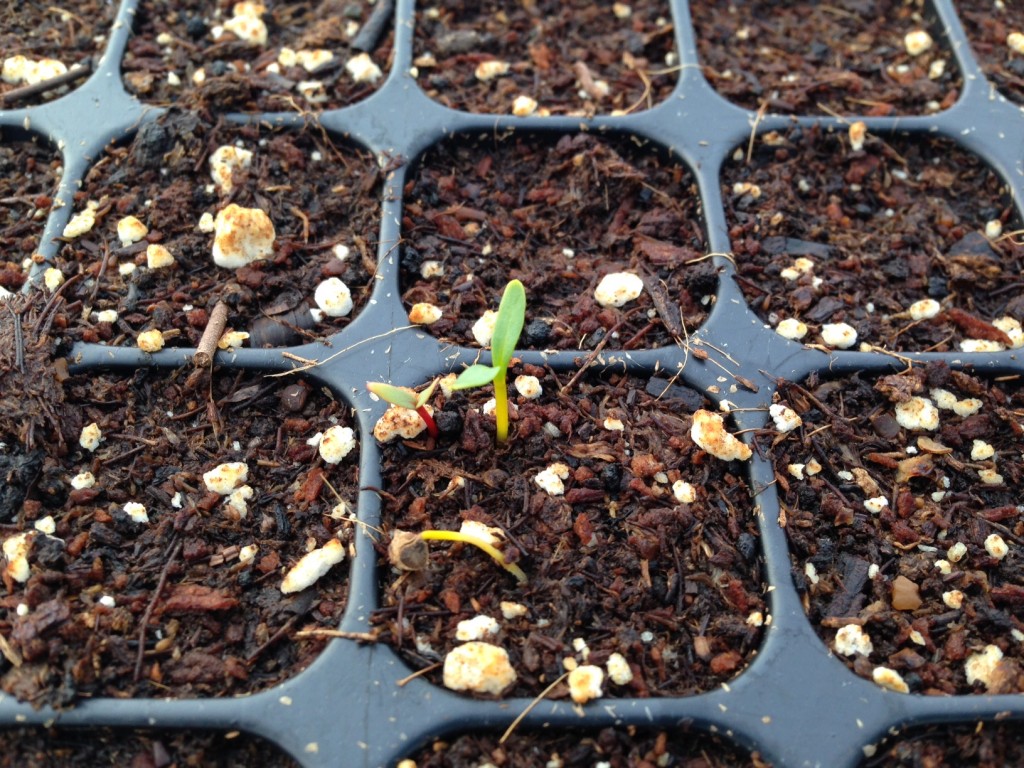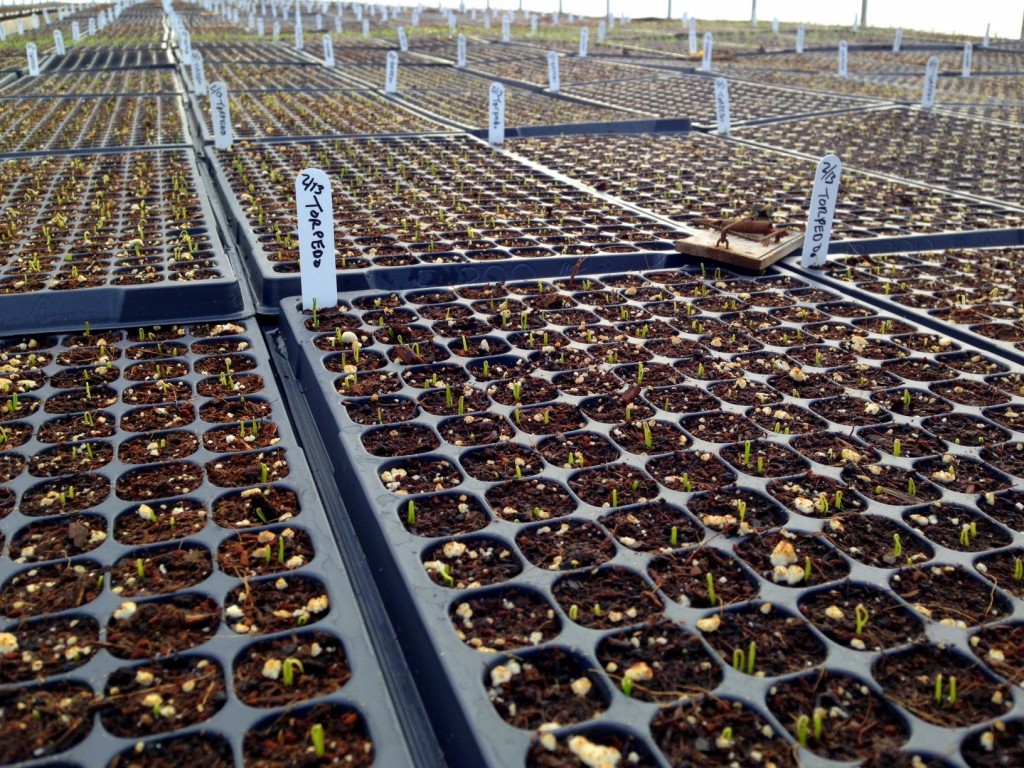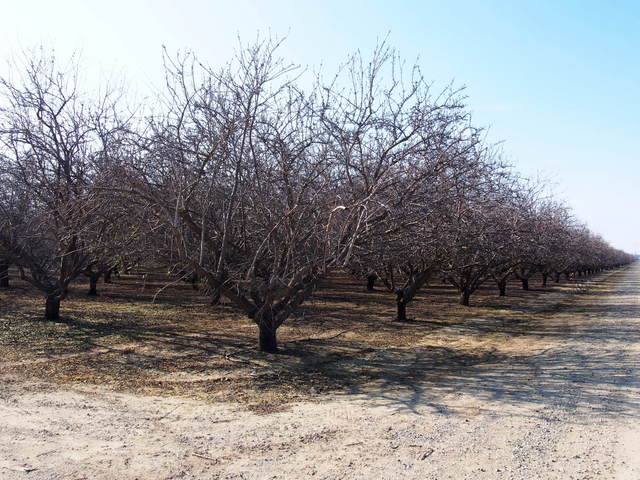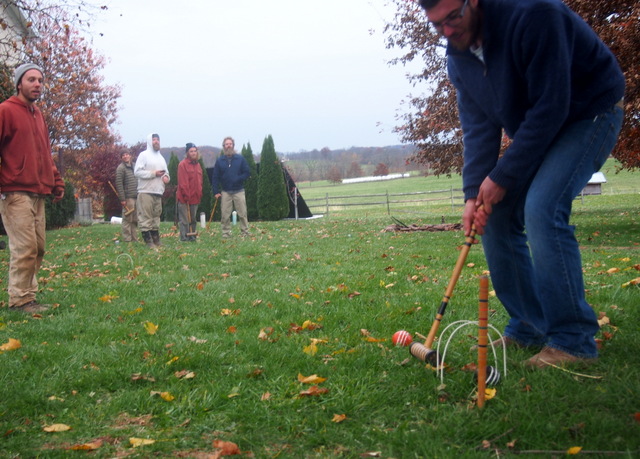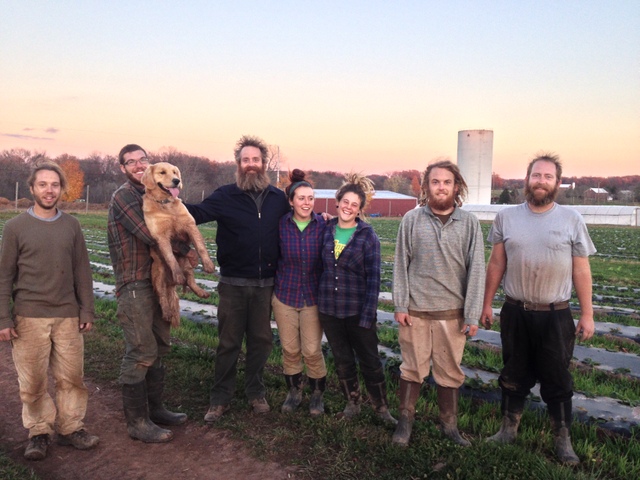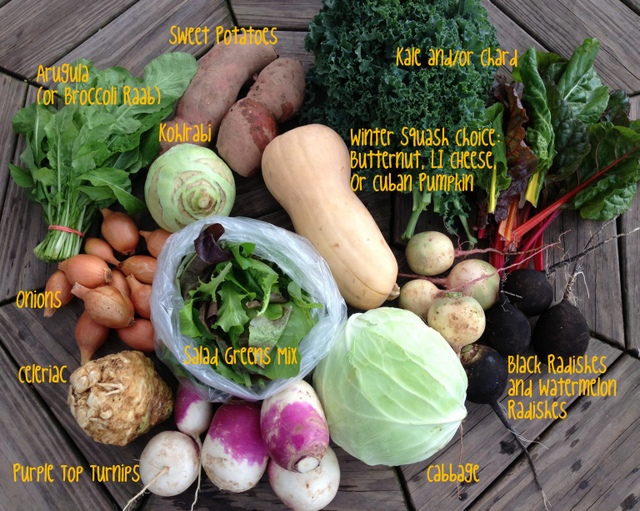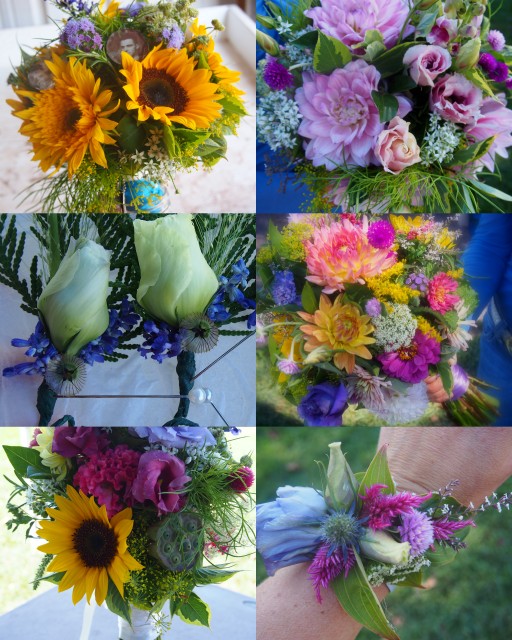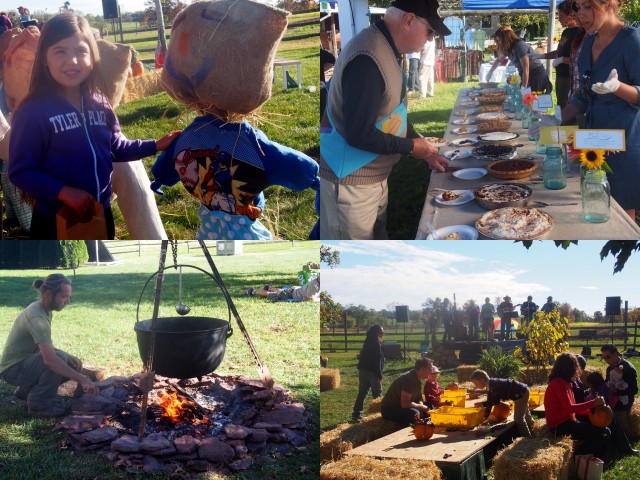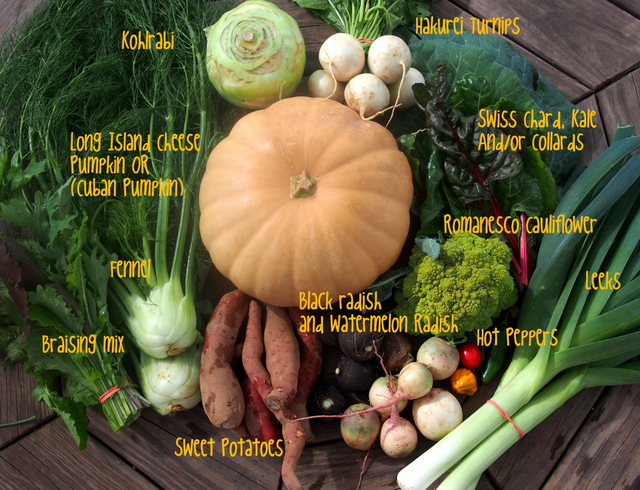07 Jul Catnip, mosquitos and the wait for tomatoes
Every time we feel like we are starting to dry out, the rain pours down again. The cultivating tractors have been sitting idle, and the weeds keep growing and growing. Wet conditions are not ideal for us for many reasons, and it is difficult to stay optimistic as certain crops suffer. The average rainfall in June for our area is .22 inches, with a max of 1.6 inches historically. We received 6.7 inches in June and another inch so far in July.
On top of the day to day struggles with rain and falling behind in planting, we lost a whole field of celery to relatively new disease, “celery leaf curl”, that is striking celery crops in Pennsylvania and the U.S.- tissue samples will be sent from our farm to the Penn State Plant Disease Clinic to hopefully assist them in determining recommendations for prevention. This is the second year we’ve experienced it- but the first season where it rapidly killed the plants- rotting them from the centers out, and causing the leaves to wilt and pale. Disheartening to say the least!
We are excited for carrots and fresh garlic in this week’s share. The fresh garlic is pulled straight out of the ground- it has not been cured so the skin is still moist and the cloves fragile, but with a decadent flavor. Unlike cured fall garlic, fresh bulbs should be refrigerated.
This is the time of year where we find excuses to walk the tomato field daily, waiting for that first flush of ripe beauties. We are starting to see some blushing, so it won’t be long for the cherry tomatoes and early red field tomatoes. The greenhouse heirloom tomatoes aren’t far behind either- yes, we’ve harvested a few trays!- and cantaloupe and sweet corn are right around the corner as well.
The one thing I have noticed flourishing in this wet weather are the herbs in the discovery garden. Every time I walk by the discovery garden it beckons me closer, and I marvel anew at how much “medicine” can be found within. There are some monster catnip bushes in the garden this season, which had me flipping through my herb books for a refresher on its uses.
Catnip (Nepeta cataria) or catmint, is probably best known as a stimulant for cats. Interestingly, its action in humans is exactly the opposite!
Lemony-mint tasting, catnip is a gentle, and relaxing herb especially good for children. This mild sedative soothes flu, colds, belly-aches, and intestinal viruses. It is a fantastic remedy for adults who internalize emotions in the stomach or gut. Take catnip tea hot to induce sweat and break a fever. Combine with peppermint and elderflower for children, or combine with yarrow for adult fever. Harvest it now and dry it for the winter.
Most interesting to me, there seems to be a direct correlation between the fact that the catnip is thriving in the wet conditions which also means an influx of mosquitos. What you may not know about catnip is that studies have shown that it is a powerful mosquito repellant. Nepetalactone (the essential oil in catnip) is 10 times more powerful at repelling mosquitos than DEET. Amazing how nature provides!
To make a homemade bug spray, you can simply harvest the catnip when it’s in flower (that is the very best time, which is right now!). Chop it up, put it in a glass jar and cover it with cheap vodka or apple cider vinegar (which I prefer) for at least two weeks, strain, measure and dilute it (by half) with distilled water. Add a a few drops of any essential oils that you like for repelling bugs and transfer to a spray bottle. Examples of essential oils for repelling bugs: lavender, peppermint, and rose geranium amongst many, but do your research- some are not recommended for children or pregnant women. Spray as needed. (Don’t feel like making your own, but interested in this natural alternative? Susan Hess of Farm at Coventry, a local herbalist who has taught classes here in the past, makes a fantastic natural bug spray. Contact her to find out where you can purchase it.)
Post and photos by Tricia Borneman, Blooming Glen farmer and co-owner. Tricia and her husband Tom have been farming together since 2000. Blooming Glen Farm is entering its 10th season bringing high quality certified organic vegetables, herbs, fruits and cut flowers to our local community. Tricia is passionate about food, art and nature and the intersection and expression of all three.






